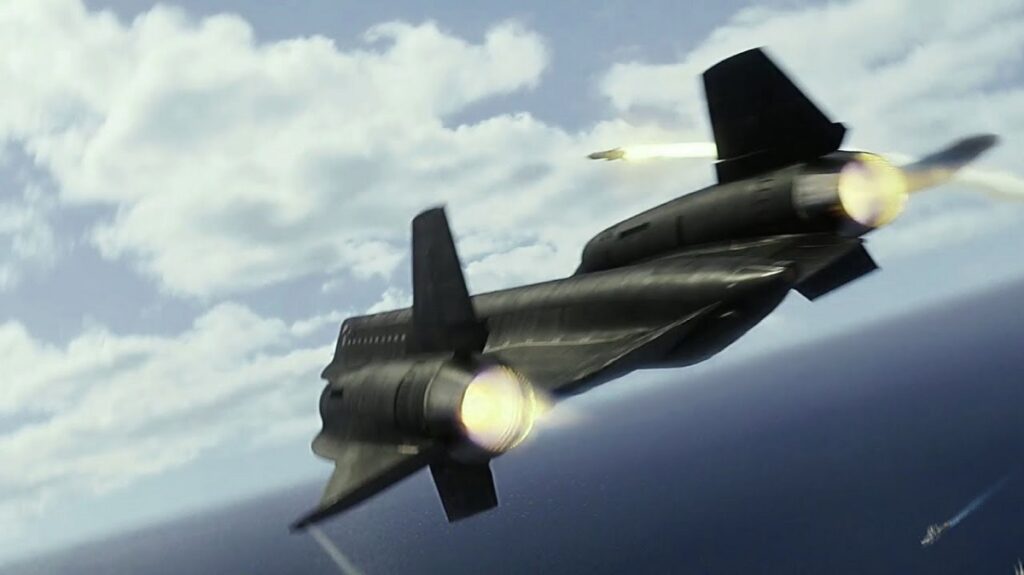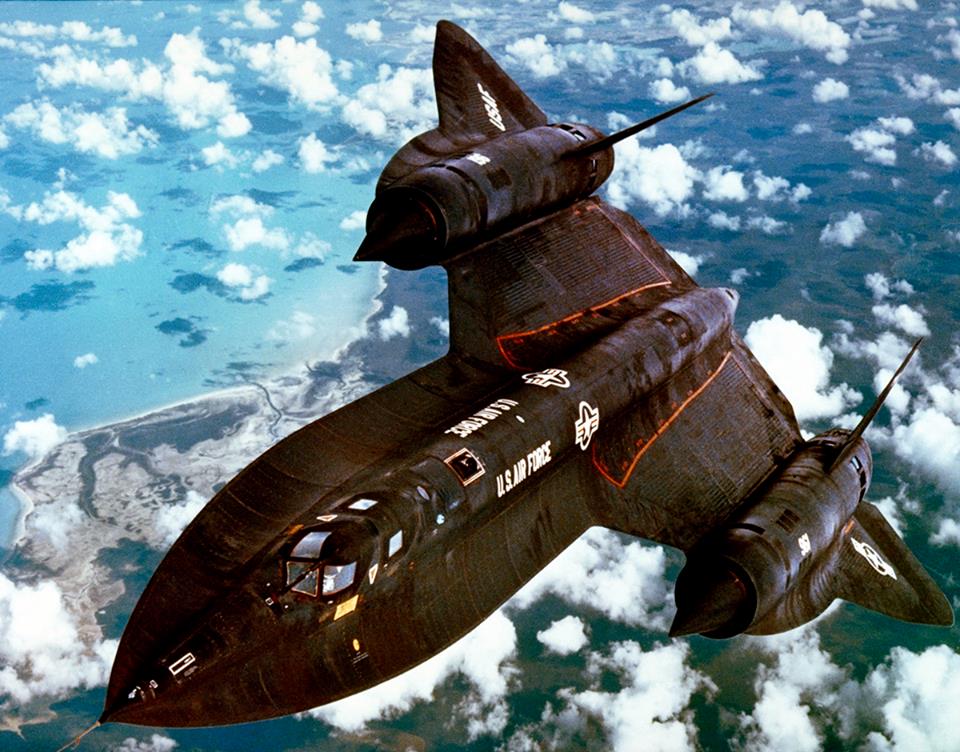
Speed Showdown: SR-71 Blackbird vs. X-Jet – Comparing the X-Men’s X-Jet Blackbird to the Legendary SR-71
Featured prominently in both comic books and on the big screen, the X-Men’s X-Jet is heavily inspired by Lockheed’s SR-71 Blackbird.

Hence there is a unique connection between the SR-71 and the fictional X-Jet.
As we have previously explained, the SR-71 was conceived during the Cold War when there was a need for a new reconnaissance aircraft that could evade enemy radar. The customer needed it fast. At Lockheed Martin’s advanced development group, the Skunk Works, work had already begun on an innovative aircraft to improve intelligence-gathering, one that would fly faster than any aircraft before or since, at greater altitude, and with a minimal radar cross section. The team rose to the nearly impossible challenge, and the aircraft took its first flight on Dec. 22, 1964.

The original X-Jet was in fact a modified Lockheed SR-71 Blackbird designed and built by Hank McCoy in the early 1960s and was used by the newly formed X-Men to travel to Cuba and stop the Hellfire Club’s plans during the Cuban Missile Crisis.
As told by xmenmovies.fandom.com, the Blackbird was destroyed when Riptide, using his whirlwind power to dislodge Erik Lehnsherr’s hold on the Hellfire Club’s submarine, caused both the submarine and the aircraft to crash onto the nearby Cuban beach.
However updated variants of the X-Jet (including a highly advanced version featuring a Tokamak Fusion Reactor) appeared in every X-Men movie through the 2016 Deadpool. In the last chapter of the saga in fact two members of the X-Men team use the X-Jet to drop in on the anti-hero, highlighting its modified vertical take-off and landing (VTOL) capability (the actual SR-71 was unable to perform such a feat).

The X-Men team flew at supersonic speeds that rival the record-breaking SR-71. The Blackbird was designed to cruise in afterburner at three times the speed of sound for hours on end. The records it set are many: the Blackbird was and remains the world’s fastest and highest-flying manned aircraft. On its retirement flight from Los Angeles to Washington in 1990, to its final resting place in the Smithsonian Air & Space collection, the plane flew coast to coast in 67 minutes.
The SR-71 is the pioneer of stealth, though it doesn’t use the fictional Shi’ar alien cloaking technology of the X-jet. It wasn’t easy creating an aircraft that was virtually undetectable to enemy radar: the aircraft’s surfaces were designed to avoid reflecting radar signals, the engines were placed in a subtle mid-wing position, and the paint included a radar-absorbing element. The Blackbird, more than 100 feet in length, appeared on radar as bigger than a bird, but smaller than a man. The stealth technologies developed for the SR-71 program paved the way for future stealth aircraft such as the F-117 Nighthawk, the F-22 Raptor and the F-35 Lightning II.

In the X-Men universe, they use a brainwave-harnessing device called Cerebro to aid in reconnaissance. According to Lockheed Martin, the SR-71’s primary imaging sensor, a photographic camera or a radar imaging sensor, was located in the nose of the aircraft and was replaced after every operational mission. The sensors gathered intelligence over 125,000 square miles every hour, allowing the aircraft to provide the US detailed, mission-critical reconnaissance for more than two decades.
Although the SR-71was retired in 1990 while the X-Jet is still operational, the latter remains a comic-cultural phenomenon and can’t rival the legacy of the Blackbird. The top-secret aircraft became legendary almost instantly, flying higher, faster and farther than any aircraft in history.




